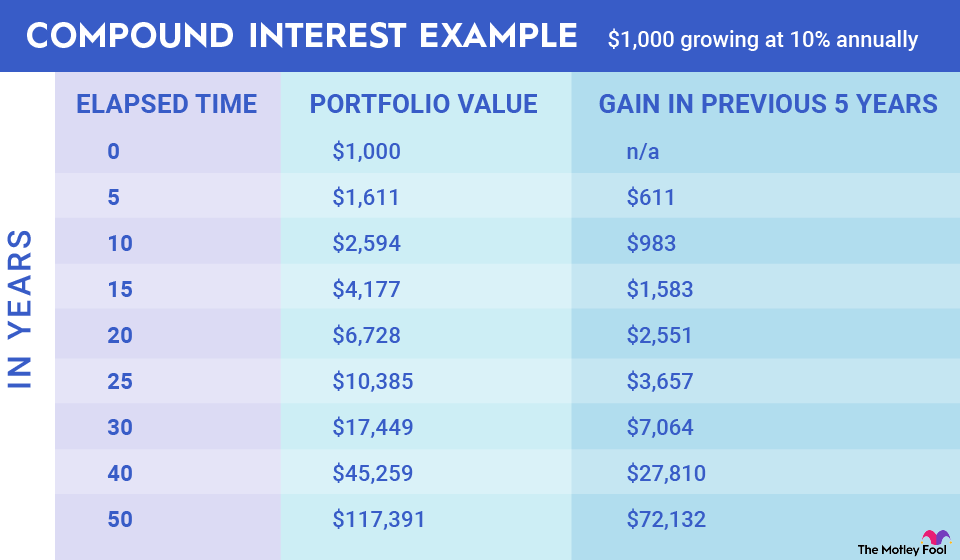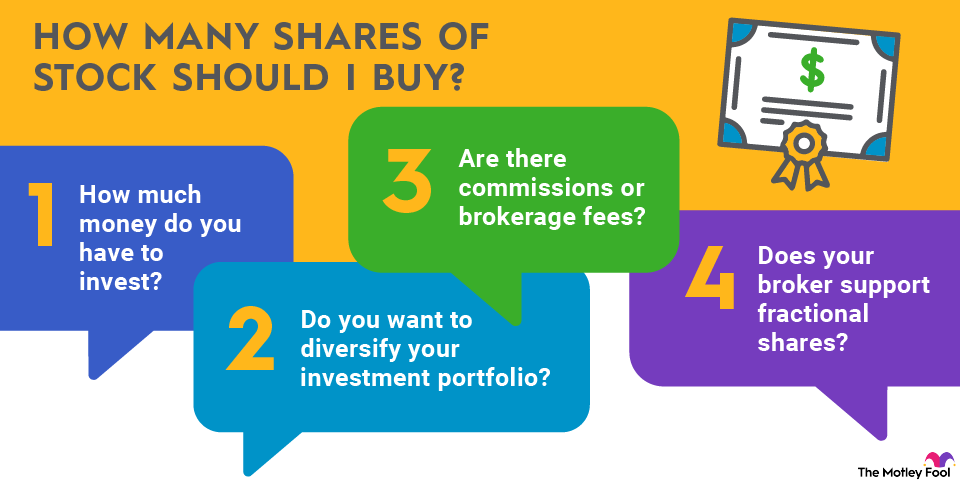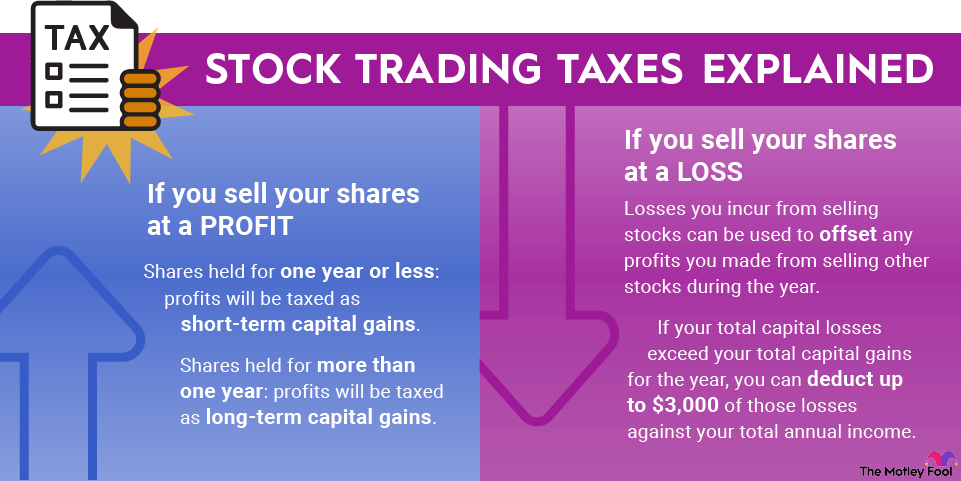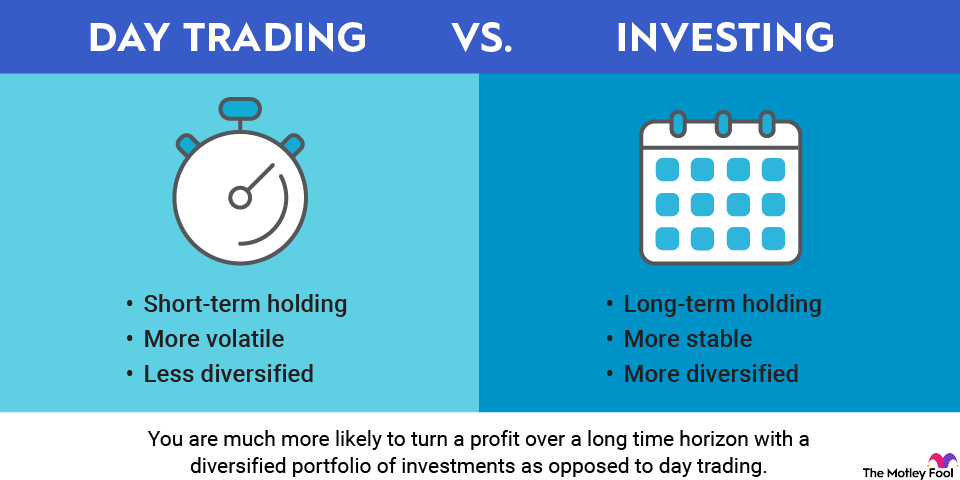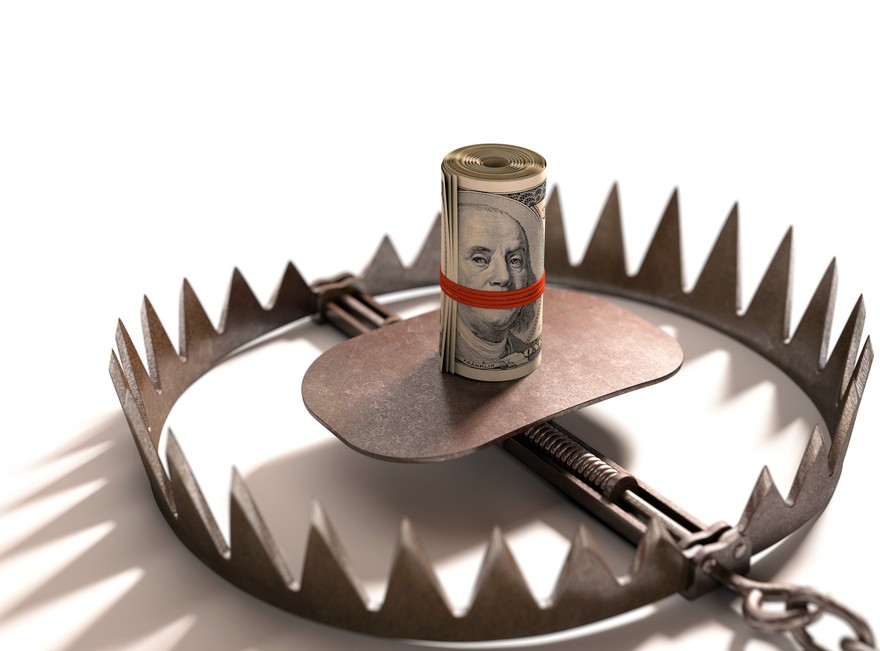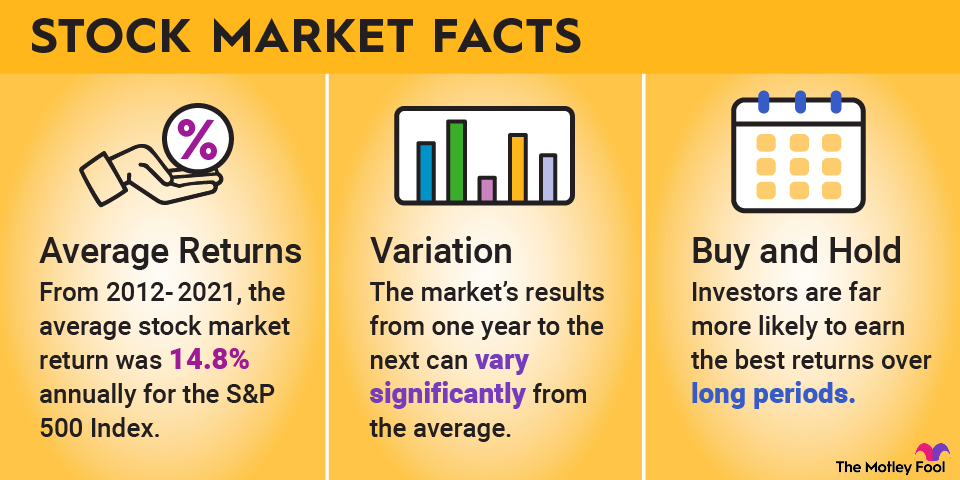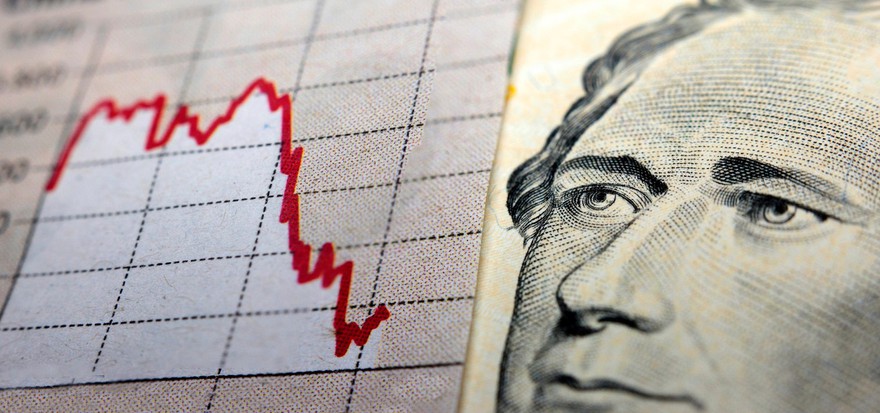A stock split refers to when a company divides each of its existing shares into a different number of shares. When a company decides to split its stock, it can generate a lot of excitement. For example, in a stock split, you might get three shares for every one that you already own.
A stock split occurs when a company increases its number of shares outstanding by dividing existing shares or multiplying the share count and reducing the share price to compensate. A stock split lowers share prices but doesn't change a business's fundamental value or the total value of the shares owned by shareholders.
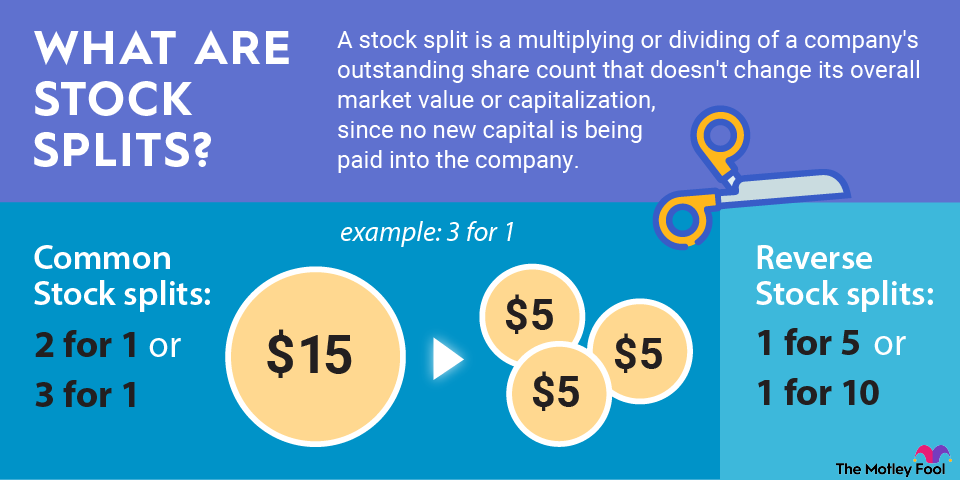
Stock splits in a growing business often attract significant attention from retail investors. For example, after Nvidia's (NVDA -0.51%) 2024 stock split was announced, its stock price surged higher.
Retail Investor
How a stock split works
When a company decides to split its stock, it typically issues a press release that outlines the key details of the split. For example, this will include the ratio of the stock split (i.e., how many shares you'll receive for each one you own), as well as the effective date of the split, which is when the stock will begin trading on a split-adjusted basis.
On the effective date of a stock split, the share price will be proportionately reduced, and the additional shares will be credited to investors' accounts. If the company completes a 10-for-1 stock split, as Nvidia did in 2024, and you owned 20 shares worth $1000 each prior to the split, you would now own 200 shares worth $100 each.
Why companies do stock splits
Stock splits (as well as reverse stock splits) typically don't change the fundamental value of a company. They also don't change an investor's ownership stake in the company. For example, if you own a slice of pizza that is one-quarter of the whole pie, cutting your slice into smaller pieces doesn't change the fact that you still have one-quarter of the total pizza.
Since a stock split doesn't really fundamentally change anything, why would a business choose to do one? Often, it is related to attracting new investors. A lower price per share attracts many individual investors to a popular company.
Additionally, many publicly traded companies give employees an ownership stake in the business by granting them shares in the form of stock-based compensation. A lower share price can help a business manage the benefits issued to its employees.
Employee Stock Ownership Plan (ESOP)
Also, many companies repurchase shares as part of a return on investment to existing shareholders. A lower share price can help a company manage the purchases and returns to investors.
Take Amazon (AMZN +0.30%) as an example. In the filing for its 2022 stock split, the company stated, "The stock split would give our employees more flexibility in how they manage their equity in Amazon and make the share price more accessible for people looking to invest in the company."
Should you buy a stock because of an upcoming split?
If you are a long-term investor who plans to own shares of a company for at least a few years, an upcoming stock split is no reason to buy an ownership stake in a business. A company generally has good reasons for initiating a split, but it doesn't change the fundamental value for shareholders.
Rather, look for companies benefiting from long-term secular growth trends, growing faster than their peers, and with healthy profit margins and balance sheets.
Advantages and risks of a stock split
From an investor's perspective, a stock split can have the effect of making the company's shares more accessible to retail investors, as well as certain ETFs and mutual funds. It can also make options easier to trade and generally create a more liquid market for the company's securities.
However, investing in a stock split can have risks and potential rewards. Due to the increased accessibility I mentioned, as well as the general principle that companies split their stock when things are going well, it could lead to rising stock prices. On the other hand, a split can also result in increased volatility, and that's especially true if you buy a stock after a split is announced.
Related investing topics
How does a stock split affect your portfolio?
For the most part, the only changes you'll notice when a stock splits are that the share price will fall and the number of shares you own will climb.
There are a couple of other ways a stock split could impact you, especially if you're an options trader. For example, you generally need 100 shares of stock to write a covered call on a position. If you own 50 shares of a stock that splits two-for-one, writing call options now becomes a possibility.













